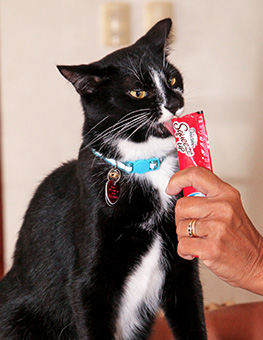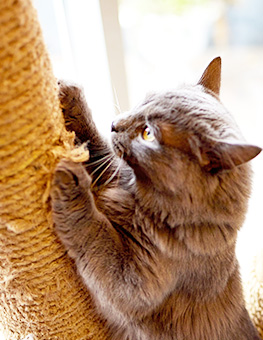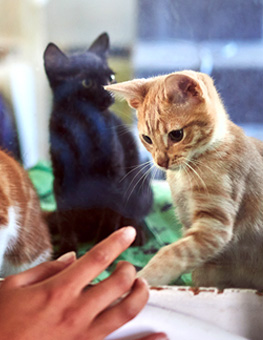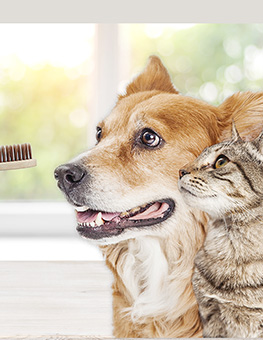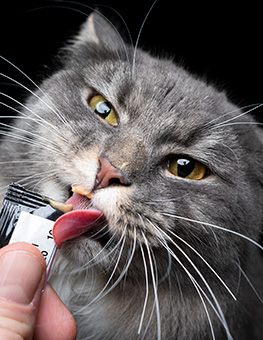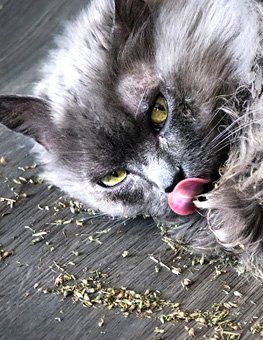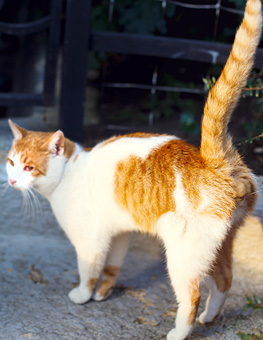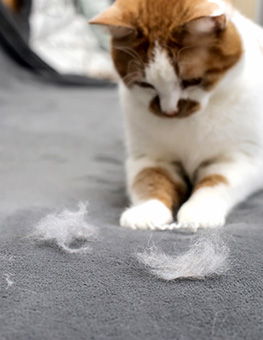How to Brush Your Cat's Teeth
When your cat's teeth are neglected, his overall health will suffer as well.
Your cat's teeth should last a lifetime. Just a minute or two a day spent brushing your cat's teeth can keep him healthy and save you time and money at your veterinarian's office.
Signs of feline dental disease. Symptoms of dental disease include bad breath, red or inflamed gums, yellow-brown tartar and drooling. If your cat is showing any of these symptoms, take him to his vet immediately.
At-home dental care. When it comes to caring for your cat's teeth at home, veterinary dental specialists say brushing every day is the best way to avoid dental disease. Plaque forms daily on your cat's teeth and if you do not remove it as it builds up, it can mineralize and turn to concrete-hard tartar.
Once tartar forms, it cannot be loosened with a toothbrush, so your veterinarian will have to put your cat under anesthesia to remove it. Tartar can lead to periodontal disease and gingivitis. Worse still, an oral infection can spread to other organs, including the lungs, heart, liver and kidneys.
What you'll need
Toothbrush. You cannot use a regular toothbrush or toothpaste. Your toothbrush, even a child’s size brush, will be much too large for your cat’s mouth.
Toothpaste. Your toothpaste contains fluoride which can be toxic to your cat and the flavor may be far too strong for his sensitive mouth. Toothpaste for cats is available in a variety of cat-friendly flavors such as beef, seafood, malt or chicken.
Rules for smart tooth-brushing
Start early. You must get your cat accustomed to brushing when she is very young so that dental hygiene will be natural part of her life.
Start slowly. The first few times you brush your cat’s teeth, you may find it a bit tricky. Approach your cat slowly and calmly. It usually takes about a three-week training period for your cat to adjust.
Follow these steps when you are ready to begin:
- Begin by simply massaging your cat's neck and mouth area.
- The next time you approach your cat, massage his gums with the kitty toothpaste or let him lick it off of the toothbrush.
- Once your cat becomes comfortable with this procedure, advance to brushing her front teeth with your finger and then moving on to using the cat toothbrush.
- It should only take about a total of 40 seconds to brush your cat's teeth; the key is to be gentle and quick.
Your cat's overall well-being will be greatly enhanced if you take these simple steps to tend to his dental health needs.



